Entry Category: Engineering
 David Evans
David Evans
Fess, Don
Forest Fire Lookouts
aka: Fire Towers
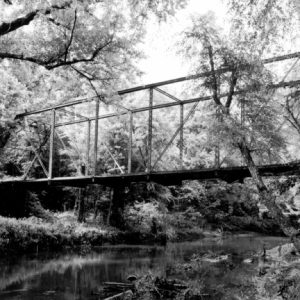 Fryers Ford Bridge
Fryers Ford Bridge
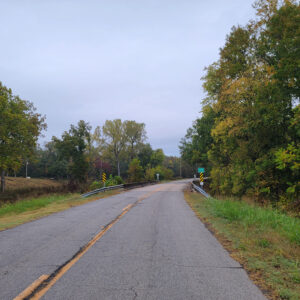 Galla Creek Bridge
Galla Creek Bridge
Garver, Neal Bryant
Gerig, William Lee
Good, Mary Lowe
Greers Ferry Dam and Lake
Handywagon
 Helena-West Helena Bridge
Helena-West Helena Bridge
 Hernando de Soto Bridge
Hernando de Soto Bridge
Hydroelectricity
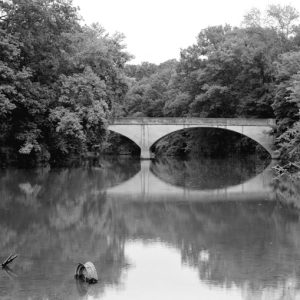 Illinois River Bridge
Illinois River Bridge
Junction Bridge
 Junction Bridge
Junction Bridge
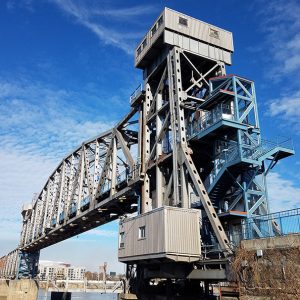 Junction Bridge
Junction Bridge
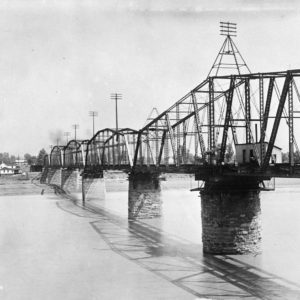 Junction Bridge
Junction Bridge
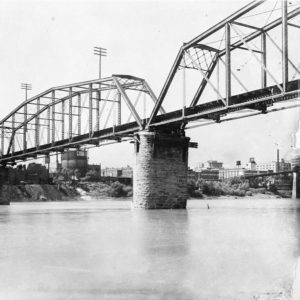 Junction Bridge
Junction Bridge
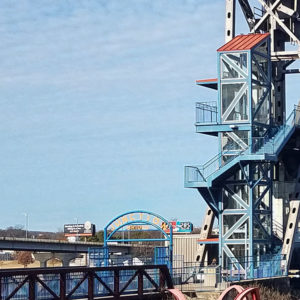 Junction Bridge Entrance
Junction Bridge Entrance
KATV Tower
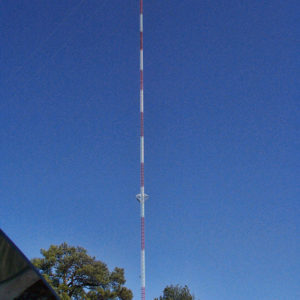 KATV Tower
KATV Tower
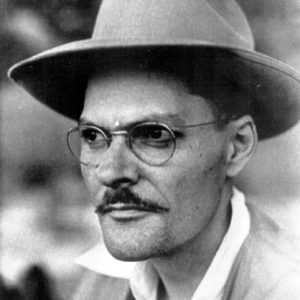 Paul Klipsch
Paul Klipsch
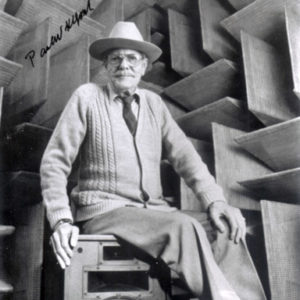 Paul Klipsch
Paul Klipsch
Klipsch, Paul Wilbur
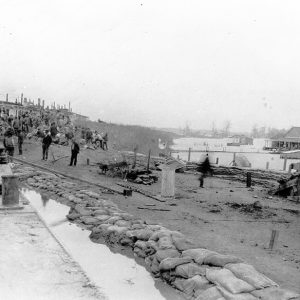 Knowlton Landing
Knowlton Landing
Laconia Circle Levee
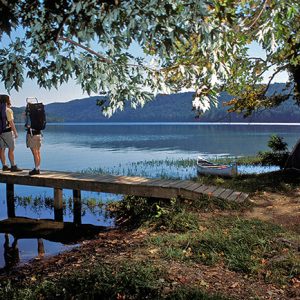 Lake Catherine State Park
Lake Catherine State Park
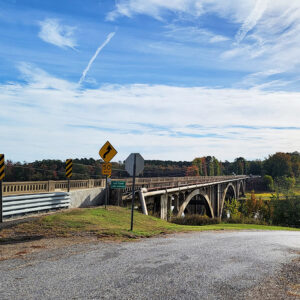 Lake Greeson Bridge
Lake Greeson Bridge
 Lake Hamilton
Lake Hamilton
 Main Street Bridge
Main Street Bridge
 Main Street Bridge - Looking South
Main Street Bridge - Looking South
Main Street Bridge (Little Rock–North Little Rock)
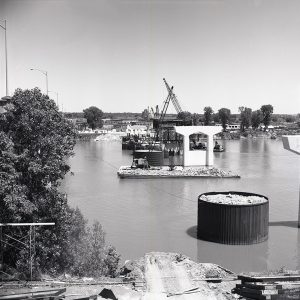 Main Street Bridge Construction
Main Street Bridge Construction
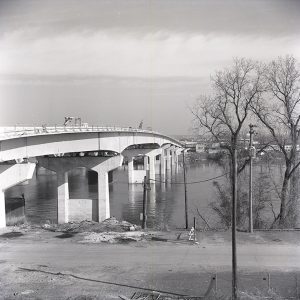 Main Street Bridge Construction
Main Street Bridge Construction
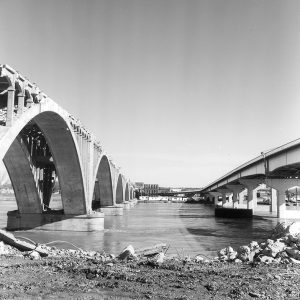 Main Street Bridge Construction
Main Street Bridge Construction
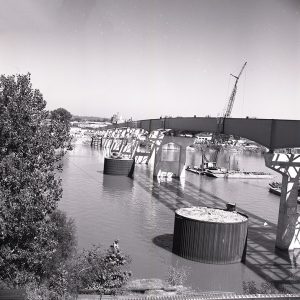 Main Street Bridge Construction
Main Street Bridge Construction
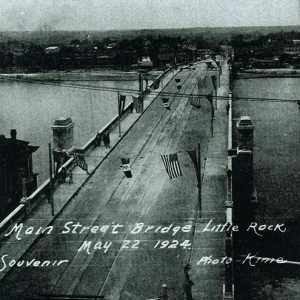 Main Street Bridge Grand Opening
Main Street Bridge Grand Opening
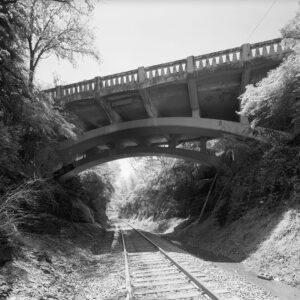 Maple Street Bridge
Maple Street Bridge
Marked Tree Siphons
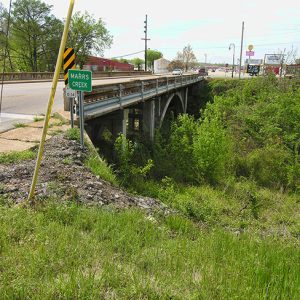 Marr's Creek Bridge
Marr's Creek Bridge
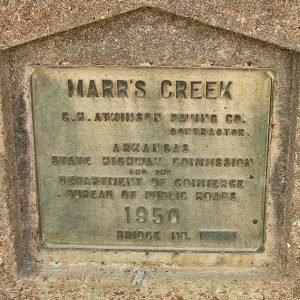 Marr's Creek Bridge Plaque
Marr's Creek Bridge Plaque
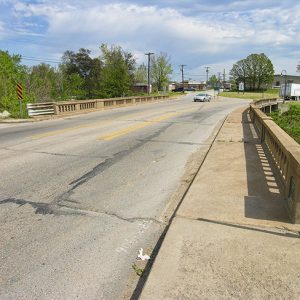 Marr's Creek Bridge
Marr's Creek Bridge
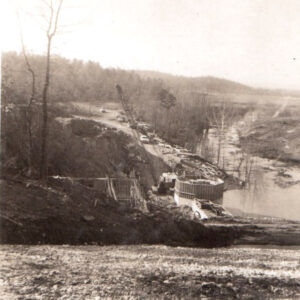 Maumelle River Dam
Maumelle River Dam
Memphis-Arkansas Memorial Bridge
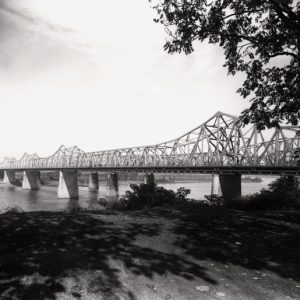 Memphis-Arkansas Memorial Bridge
Memphis-Arkansas Memorial Bridge
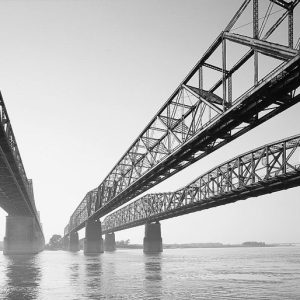 Memphis-Arkansas Memorial Bridge
Memphis-Arkansas Memorial Bridge
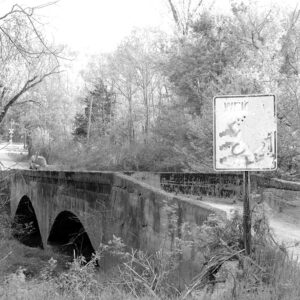 Miller Creek Bridge
Miller Creek Bridge




